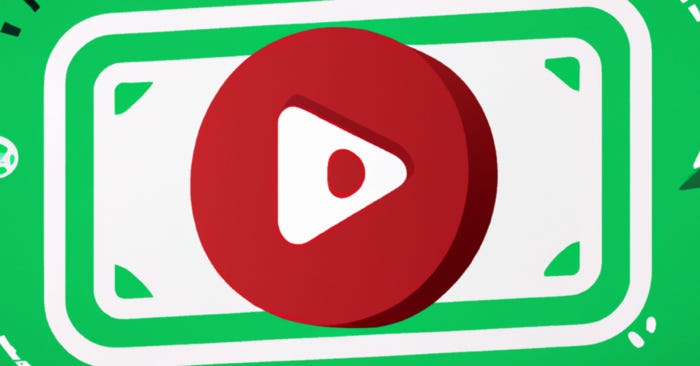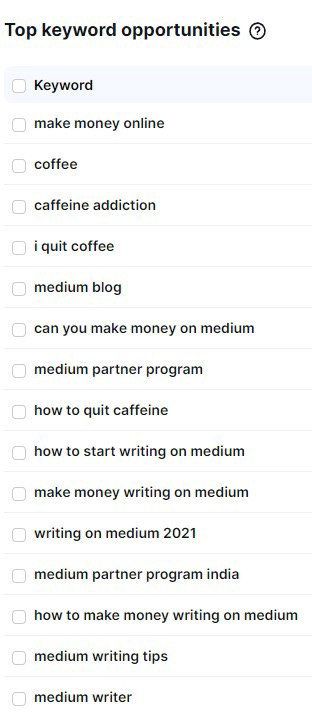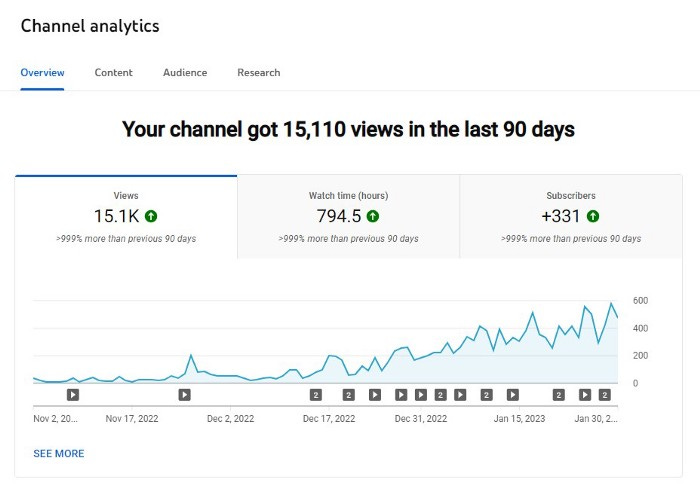3 powerful early lessons from my ambitious YouTube monetization quest
Sometimes, the idea of getting monetized on YouTube seems completely overwhelming.
First, there are the monetization requirements themselves.
While it only takes 100 followers and one published article to get monetized on Medium, YouTube asks for 1,000 (!) subscribers and one of
a) 4,000 (!!) public watch hours within 365 days
b) 10,000,000 (!!!) shorts views in 90 days
Despite the intimidating numbers, I decided the rewards of getting monetized on YouTube would ultimately be worth the effort.
So I pushed through.
Currently, I’m more than 1/3 of the way to reaching my subscriber goal and I’m approaching 1/4 of the requirement for watch hours. I assume as my subscriber count continues to grow, my watch hours will start closing the gap.
Here’s a screencap of my progress so far:
It hasn’t been easy. I had to learn a ton on the fly and, despite now having more than 30 videos to my name, I’m still what feels like miles away from my goal.
But I also feel like I’m miles away from where I started.
I was reflecting on how far I’ve come in four short months and decided that these are probably my 3 biggest lessons learned from my first 1/4 year on YouTube.
1. Anyone can perform on camera
Now, I’m going to be straight-up honest here: I wasn’t starting from scratch when it comes to audio or video performance.
Although I was a newspaper reporter and editor in my previous career, I did appear occasionally on radio and television to discuss what was happening on my beat.
I was never a TV or radio reporter, however, so it’s not like I was trained to do this. As you can probably tell if you watch and of my videos, I’m far from a polished pro.
As such, I was a bit intimidated by the idea of performing on camera for YouTube.
But you know what? It’s really not that bad!
It’s like anything else — once you get into the groove of it, it becomes a teensy bit easier every time you do it. Now 30 videos in, I actually feel pretty comfortable in front of the camera.
Same goes for editing. When I started out, it was as basic as it gets. Now, I can just sense when a video needs another visual element to keep people engaged.
That instinct is reflected in my viewer retention numbers, which are consistently going up.
Consider the first video I posted vs. my most recent.
Video 1
I’m sorry, but this is objectively terrible (even though it’s my second-most watched video with 3,000+ views so far).
It’s super unfocused, I don’t even appear in the video, it’s just me messing around with my Medium account.
The headline is fine, but the thumbnail was terrible.
The sound quality actually makes me sad.
Video 31
Everything about this video is better:
My on-camera presence
Visually striking images
Effects and transitions
How the video is organized
Sound quality
Each time you publish a video, you get incrementally better.
As those small wins compound, you might actually be impressed with what you produce!
2. Don’t go in blind
When I started out, I was throwing up videos all willy-nilly and not really getting any traction. There were a couple reasons for this:
№1, I was focusing on the wrong topics.
№2, my keyword tagging was unfocused and ineffective.
I started looking around for tools that might help me navigate the massive world that is YouTube.
I landed on a real lifesaver: VidIQ (affiliate link).
VidIQ tracks your channel’s progress and has a bunch of amazing tools to direct your efforts.
Not only does it have great keyword research that can help you hone in on topics that are highly searched but have low competition, it learns from what’s working on your channel and directs you toward potentially profitable niches.
Here’s what VidIQ has identified as the top keyword opportunities for my specific channel:
It also provides a number of AI-generated video ideas per day.
You know that crappy first video I posted above? It was going nowhere.
Then I used the VidIQ keyword research, re-tagged it, and it took off.
Like I said, it’s now my second-most watched video by a fairly wide margin even though, quite frankly, I think it sucks.
(Quick side note, I’m going to drop my affiliate link for VidIQ here because I honestly believe it’s the main reason I’ve gotten anywhere on the YouTube platform. I would never recommend a product I don’t use or don’t like. No exaggeration, VidIQ is the main reason for my early succes. I’d feel lost without it now.)
3. Be consistent
I feel like some people post content and then feel the platform they publish on owes them a lifetime of views and income.
This is simply not the case, and whining about it won’t change anything.
Algorithms love consistency, and the more consistent you are, the more success you’ll have. Here’s a quick look at my YouTube analytics for the past 90 days. See if you notice anything interesting.
If you said, “the more you published, the more momentum you build,” congratulations!
At the end of the day, you just need to keep publishing and learning.
Every time you post something — even if it fails — you can take something away from it that’ll make your next video better.





